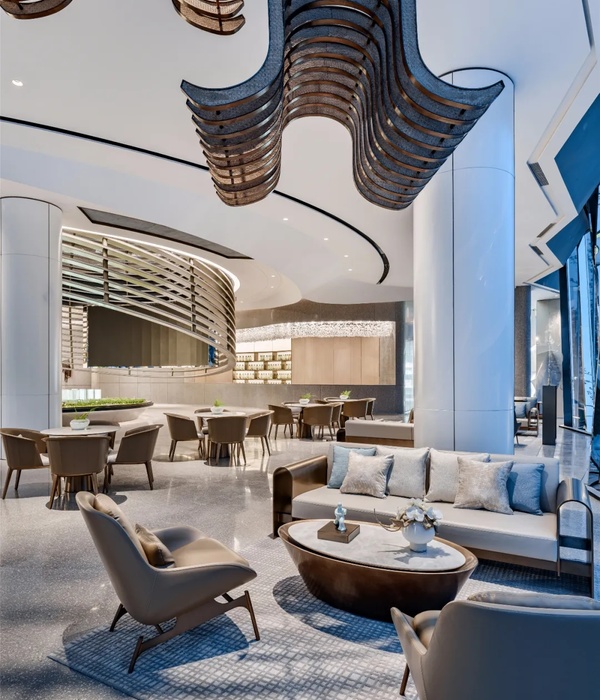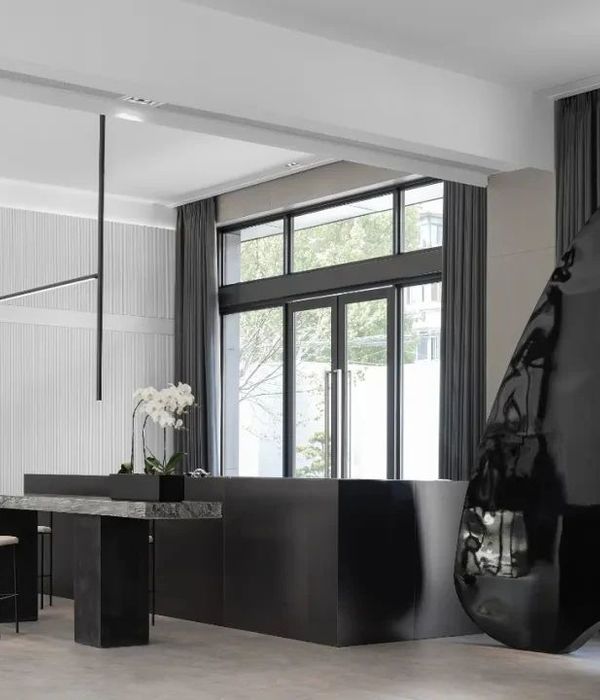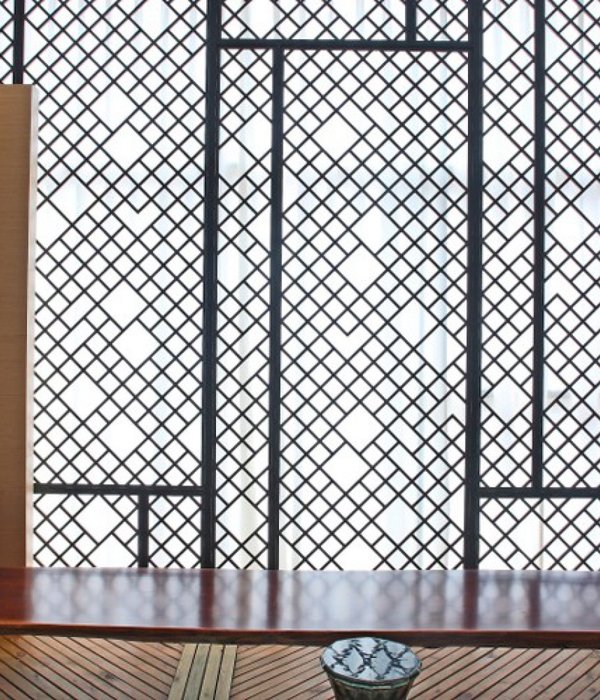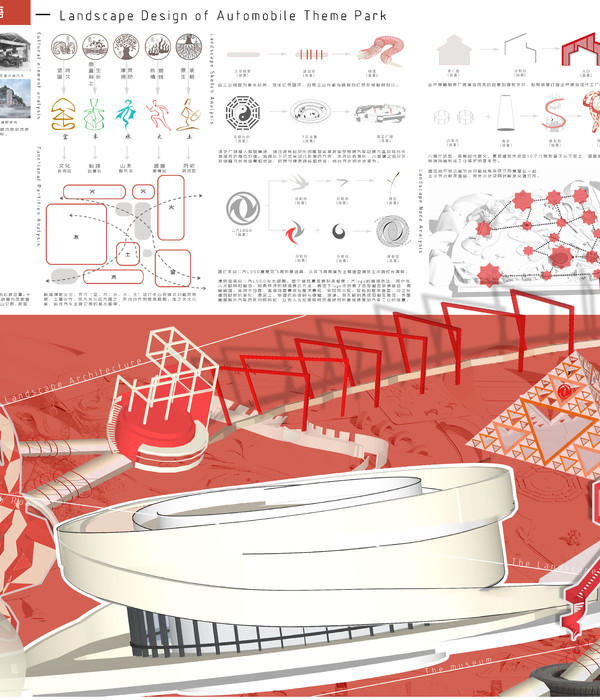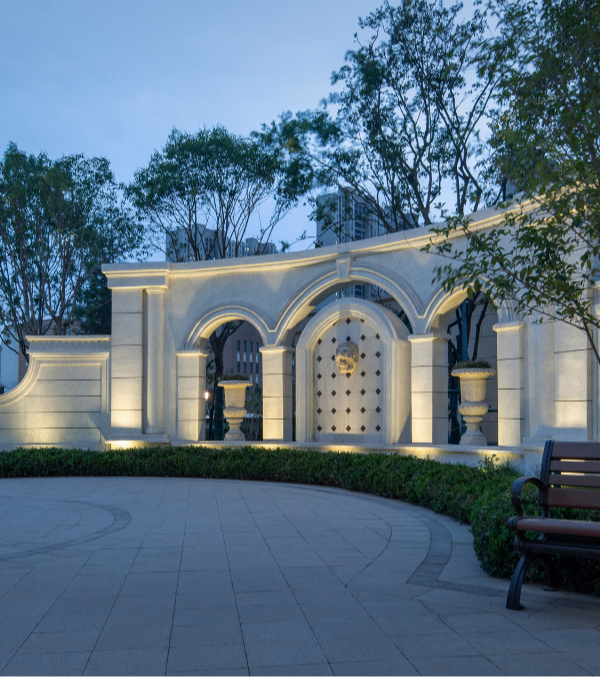照片 © Max Pixel
Zurich high-rise plan (status test planning)
图纸 © KCAP
Important axes
图纸 © KCAP
Historic centres, small-scale residential areas, neighbourhood preservation zones
图纸 © KCAP
Transformation areas, public transport
© KCAP
Open spaces and climate
图纸 © KCAP
Lochergut
可视化 © KCAP, E2A
Matrix of requirements per high-rise type
图纸 © KCAP
建筑师:KCAP Zürich
位置:Zurich, 瑞士
年份:2021
客户:Stadt Zürich (Amt für Städtebau)
Program:Test planning procedure with 8 teams in two stages (1st prize)
Role:Urban Design
Participating parties:E2A (lead), Planwerkstadt, Hager Partner, Barbara Emmenegger
Zurich is becoming a polycentric city with different characteristic neighbourhoods that are an important source of identification for urban life. Resilient urban development builds on existing strengths, which is why the new high-rise policy promotes the strengthening of these character areas. The change should not only have an effect on peripheral and heterogeneous neighbourhoods, however, but also allow for a cautious development of the “established” urban fabric in centrally located neighbourhoods.
The new guidelines build on the existing planning frameworks and the spatially defining elements of Zurich. They are intended to strengthen the city’s regulations and to clarify the use of high-rise buildings in locations relevant to the urban fabric.
A matrix was developed that differentiates high-rise buildings into three types. Each type may only be built in certain areas and, with increasing height and complexity, must fulfil increasing requirements to benefit the sur-rounding area or even the general public.
{{item.text_origin}}

